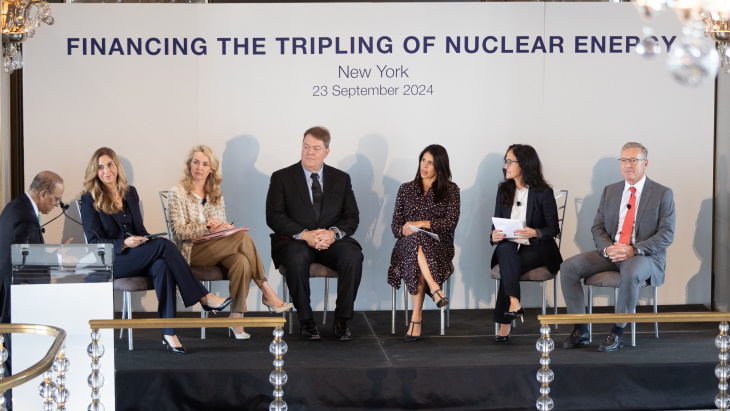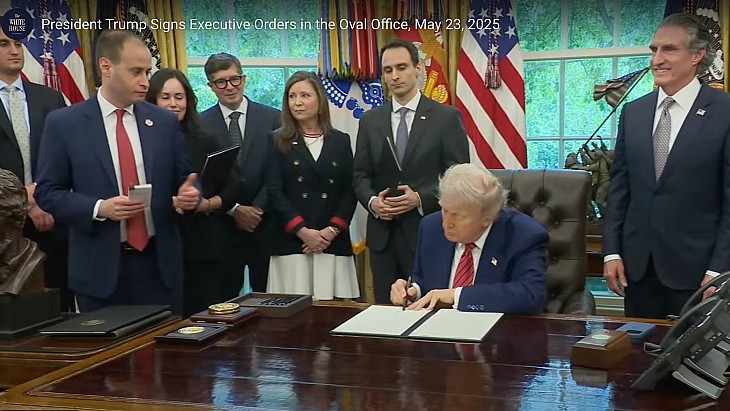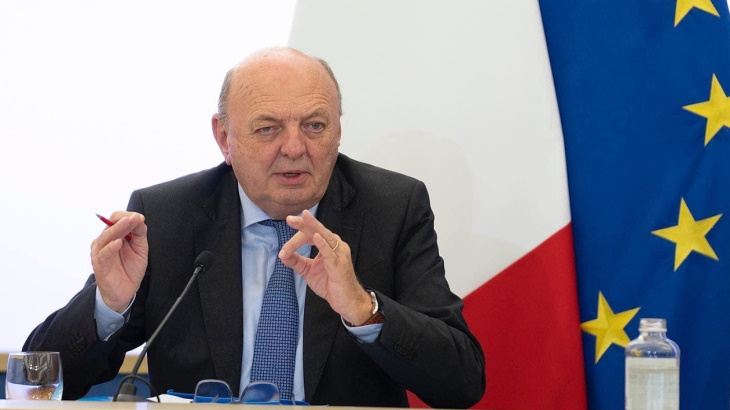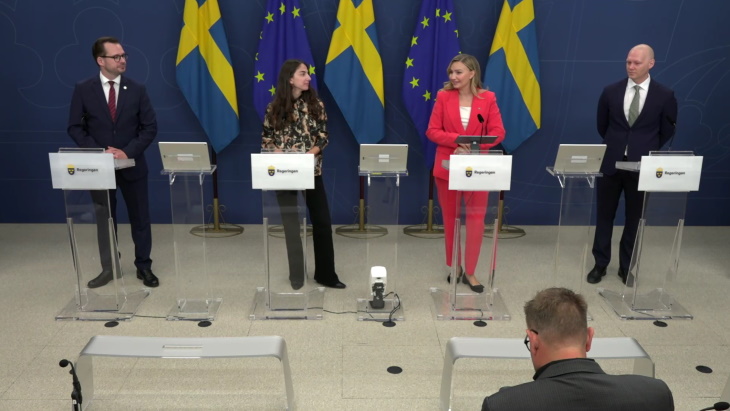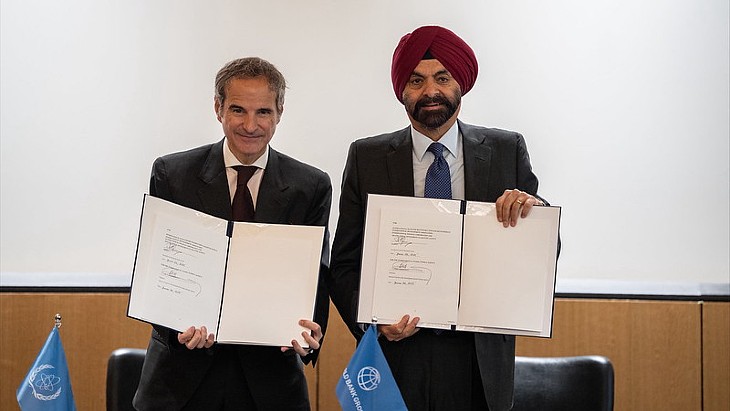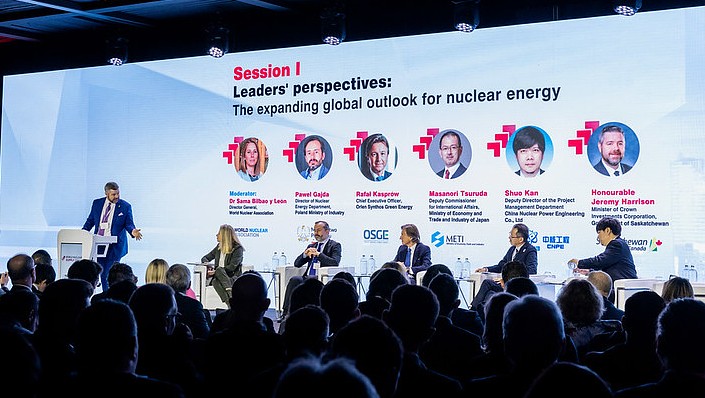Nuclear not currently an option for Singapore
Deployment of nuclear power is not on the agenda for Singapore at the moment, delegates at the World Nuclear Fuel Cycle (WNFC) conference in the city heard this week. The island city-state has few options for low-carbon power.
 460.jpg) |
| With a population of over 5 million and a sturdy economy, Singapore has significant demand for energy (Image: Erwin Soo) |
Despite an advanced wealthy economy and large steady power demand, the Singaporean government is not actively considering nuclear power - primarily because the emergency planning requirements of today's reactors would be too much for the small, densely-populated country. This was the major issue identified last year by a pre-feasibility study, researchers at the Energy Studies Institute (ESI) told WNFC.
Another barrier to deployment is a lack of infrastructure for such a large highly committed project, while the idea of developing nuclear power in a joint venture with neighbouring Malaysia is politically unrealistic in the near-term, said Hooman Peiman, head of the ESI.
Other low-carbon options among the renewables have also proven difficult to deploy in Singapore due to low wind speeds averaging only 2 metres per second and a lack of hydro or geothermal resource to develop. Near the equator, solar energy is high but Singapore is very limited in space and has deployed only 4 MWe capacity to date. These issues are exacerbated by the lack of a central energy ministry to effectively plan ahead, which means there is no plan to expand solar, or bring in electric vehicles which are seen as a practical option for the compact city.
Without nuclear power Singapore's electricity supply will be increasingly fuelled by gas. This source already makes up 78% of supply while an LNG terminal will soon be completed to take the share even higher, cutting into the 18% provided by oil.
Today's mainstream commercial nuclear power reactors vary in capacity between 700 MWe and 1700 MWe, the only smaller option being perhaps the barge mounted twin-reactor plants being built for the first time by the Russian industry to produce 70 MWe for remote regions.
Industry and leading governments would like to close this gap and a range of technologies are in development to provide power up to 300 MWe - the accepted threshold below which a reactor is classified as small. One advantage shared by most of these designs is that they come with no requirement for off-site emergency planning. Demonstration small reactors are planned for Russia and the USA.
WNFC is organised annually by the World Nuclear Association and the Nuclear Energy Institute and was held this week in the Fairmont Hotel, Singapore.
Researched and written
by World Nuclear News
